Natural rough Watermelon Tourmaline
Tourmaline is a beautiful multi-colored gemstone. It is the birthstone of October and the zodiac stone for Leo (23rd July- 23-August).
Tourmaline is unique and famous for being multicoloured, with some crystals displaying many colours within the one stone. It gains its name from the ancient Sri Lankan language Sinhalese term “turmali”, meaning coloured crystal. In ancient folklore tourmaline crystals were thought to have gained their colours from travelling along a rainbow.
Tourmaline meanings
Tourmaline promotes compassionate and happy energies. Each colour of tourmaline has its own special meaning and energies, which I’ve outlined below:
-
Green tourmaline (Verdelite) helps heal the physical heart. It is full of earth energies and attracts luck, abundance, and success.
-
Pink tourmaline (Rubellite) encourages joyfulness, open heartedness and helps heal matters of the heart.
-
Red tourmaline (Rubellite) helps strengthen your heart so that it is full of passion and helps you to understand love better. It is thought to neutralise negative affects of electronics. It stimulates the root and heart chakras.
-
Black tourmaline (Schorl) is a powerful protective stone that protects the wearer against negative energies. It offers a positive attitude and mindset to its wearer.
-
Blue tourmaline (Indicolite) is a crystal of spirit and peace. Its is powerfully connected to the third eye chakra and is believed to help improve communication with spirits.
Tourmaline bead bar necklaces
Tourmaline uses
Tourmaline is used to protect and to help to connect to the spiritual world. It is used as a talisman to protect against all types of dangers and is thought to strengthen the body and soul.
In ancient India tourmaline has been used as a tool for insight, to see the good and to see what could cause one trouble.
Tourmaline can generate a temporary voltage if heated or cooled. Ancient alchemists believed the crystal to be related to the philosopher’s stone because of its pyroelectric effect
How tourmaline is formed
Tourmaline comes in all colours, but mostly occurs in pink, red, green, blue and black. It is usually transparent but the darker varieties such as brown and black tourmaline tend to be opaque.
Interestingly, tourmaline isn’t one crystal, but in fact a group of crystals, made up of individual crystal species. Each tourmaline crystal has the same structure, but the elements that make up the crystal structure can vary. There are 30 individual types of tourmaline, but the majority of those are extremely rare, so in jewellery and the gem industry we only deal with three. The three types we use are:
-
Elbaite, which the most colourful tourmaline is made from
-
Schorl, which is the dark, black opaque tourmaline
-
Davite, which is brown
These types of tourmaline can be found around the world.
Tourmaline is formed when hot magma pushes up different minerals into rock cavities, such as granite, and sometime metamorphic rocks such as marble. Tourmaline often has inclusions inside them, which occurs because the crystals are formed during liquid volcanic activity. These inclusions are often solid liquids, trapped within the crystals.
Different colour crystals of tourmaline can be known by different names in the gem trade. Red and pink tourmaline is known as Rubellite, and funnily enough they have been mistaken in the past as rubies. It is believed that trace amounts of manganese during the cooling period encourages the pink and red shades. Blue tourmaline is known as Indicolite and the vivid green tourmaline is known as chrome tourmaline or Verdelite. Trace amounts of iron and titanium are what leads to green and blue tourmaline. Multicoloured tourmaline crystals that feature green and pink are known as Watermelon Tourmaline. All tourmaline crystals are pleochroic, which means the crystal changes colour when viewed at different angles.
The rarest and most expensive type of tourmaline is neon blue, and is known as Paraiba Tourmaline. Other expensive types of tourmaline are the deep green variety, pink and red tourmaline varieties and blue tourmaline. Black tourmaline is opaque and more readily available, which means it is also more affordable.

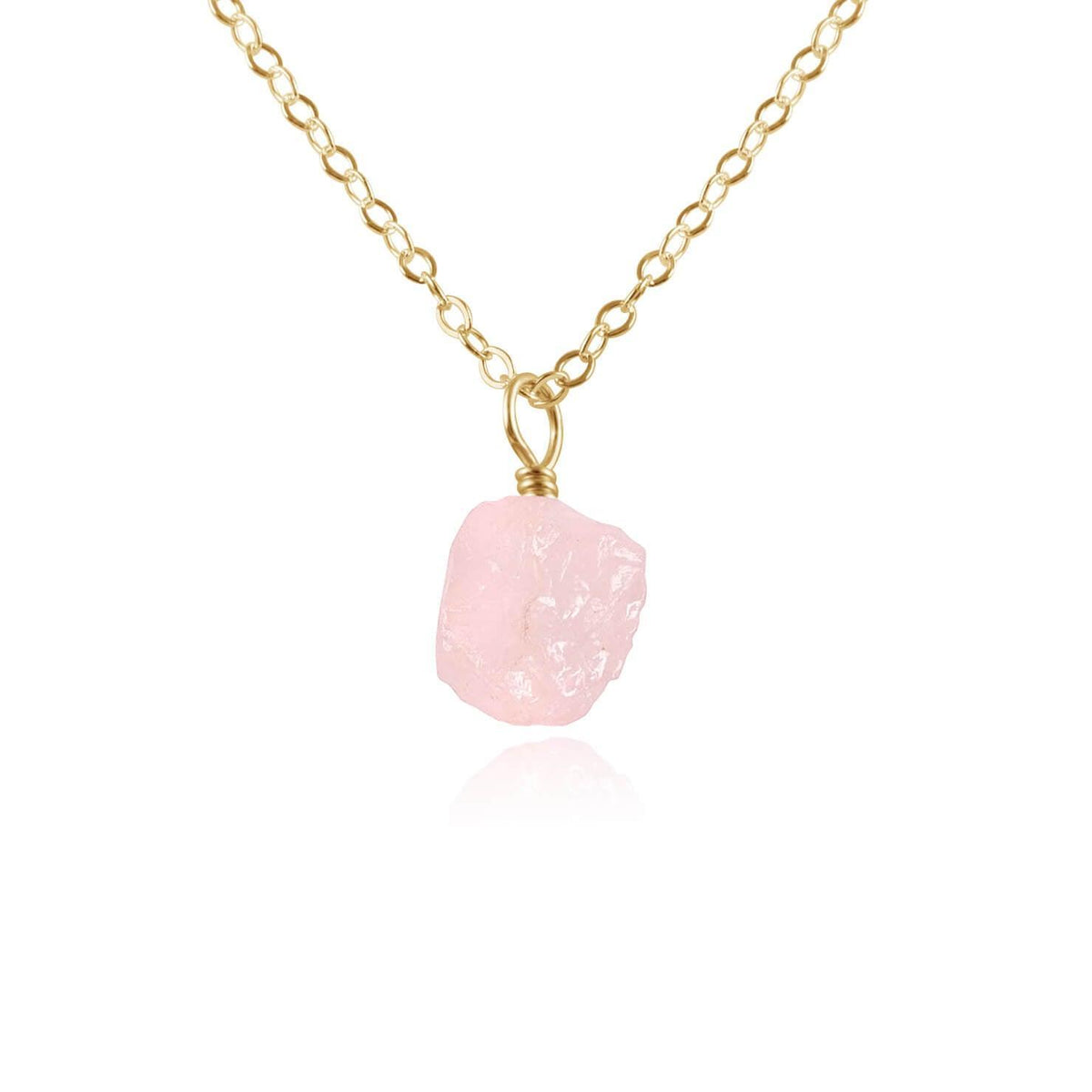
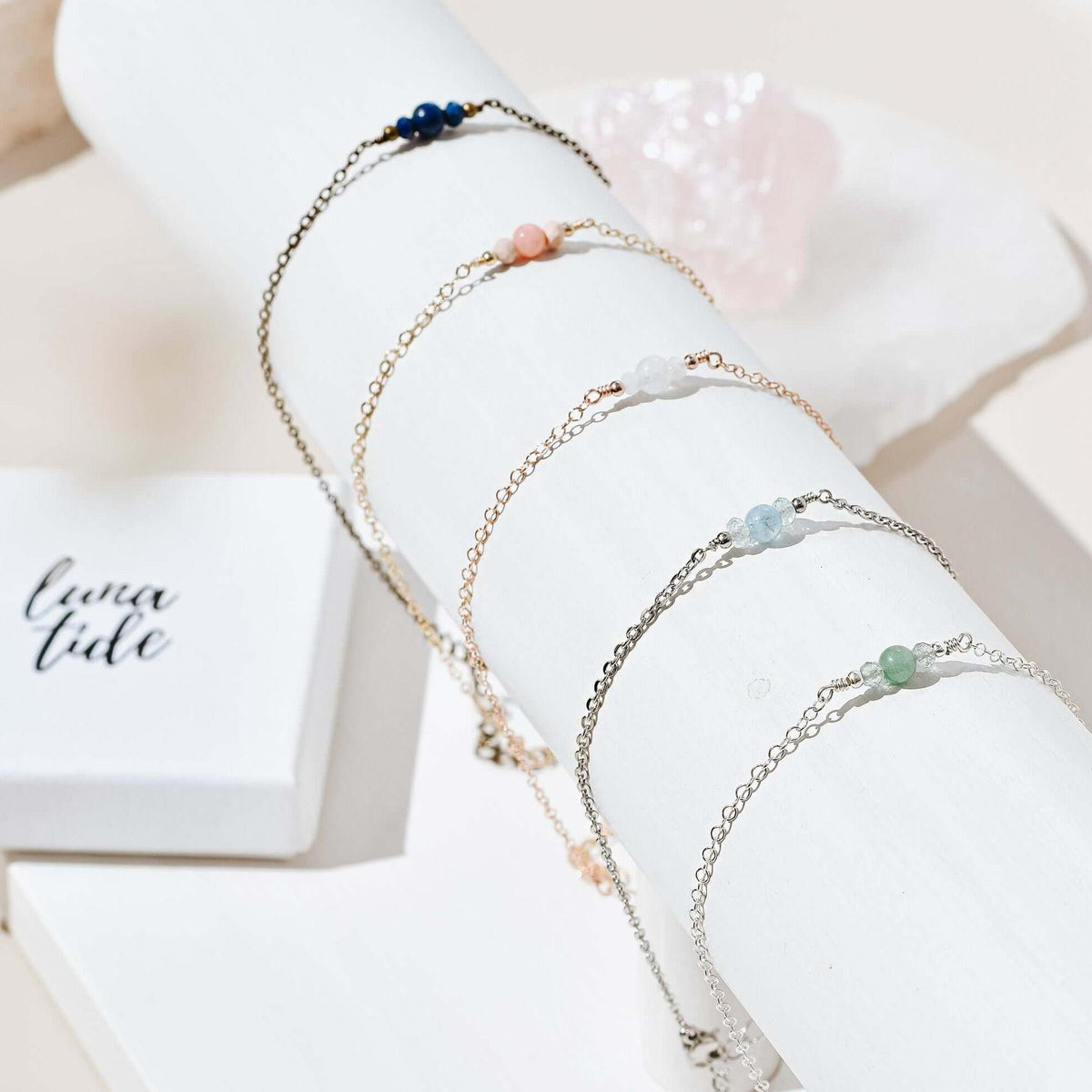


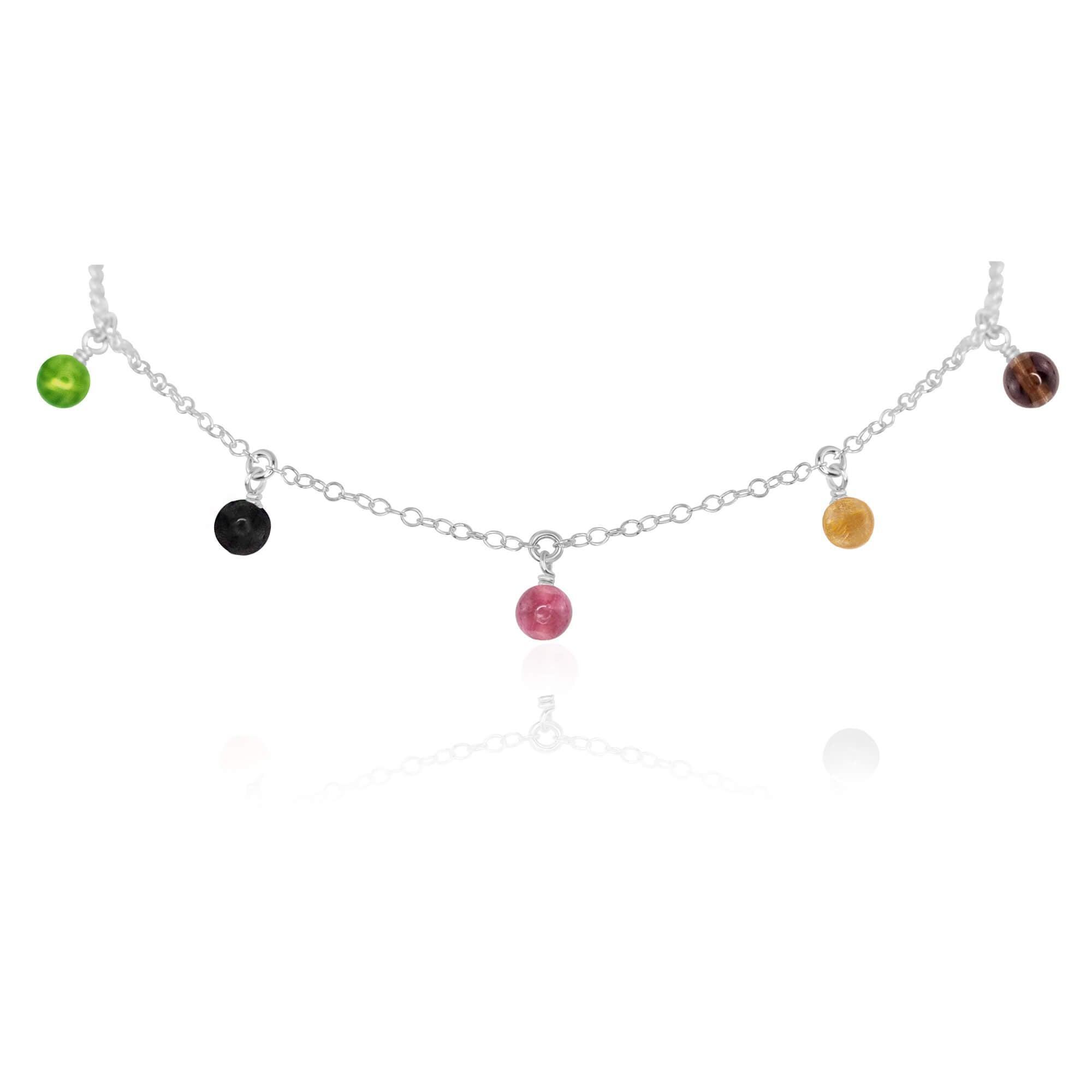
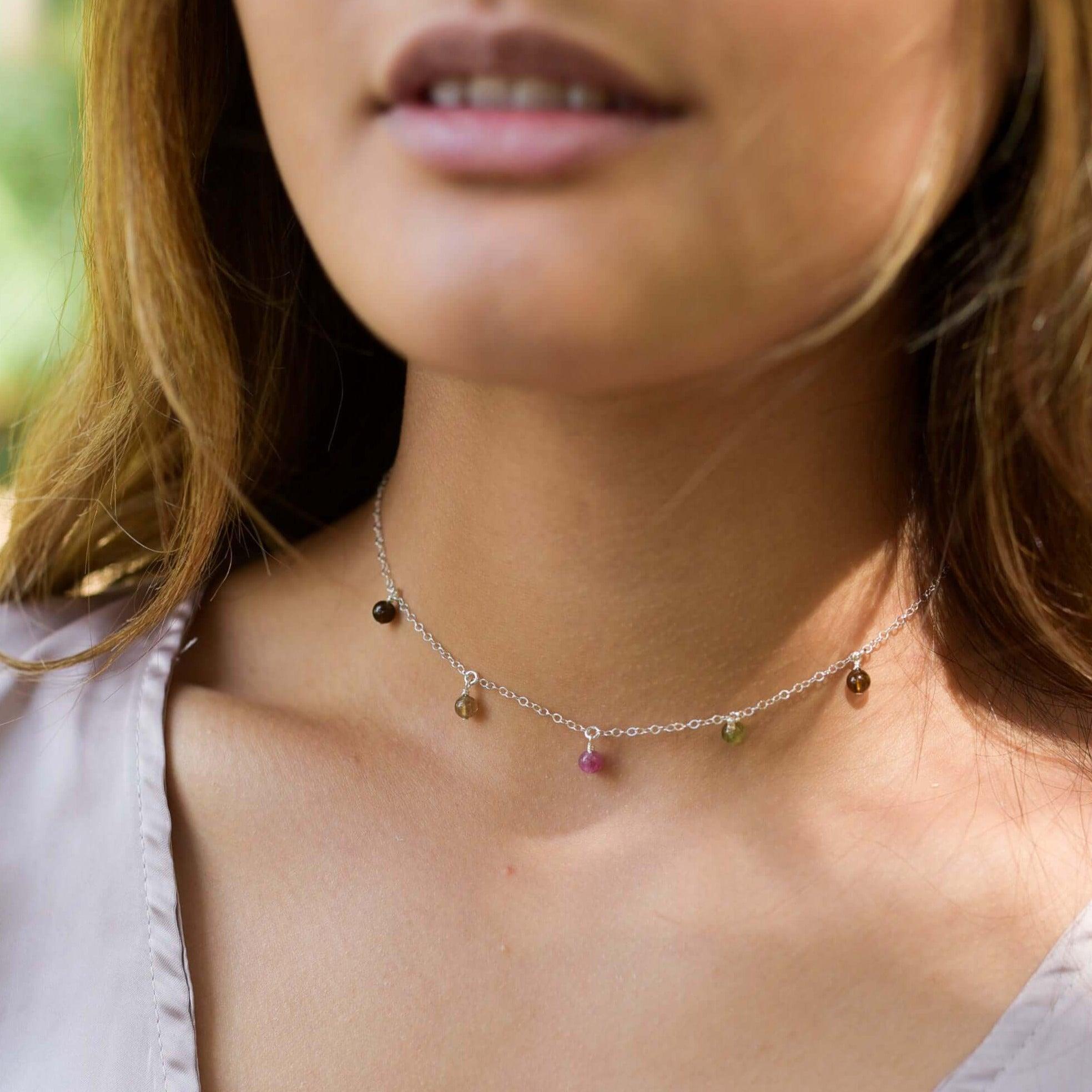

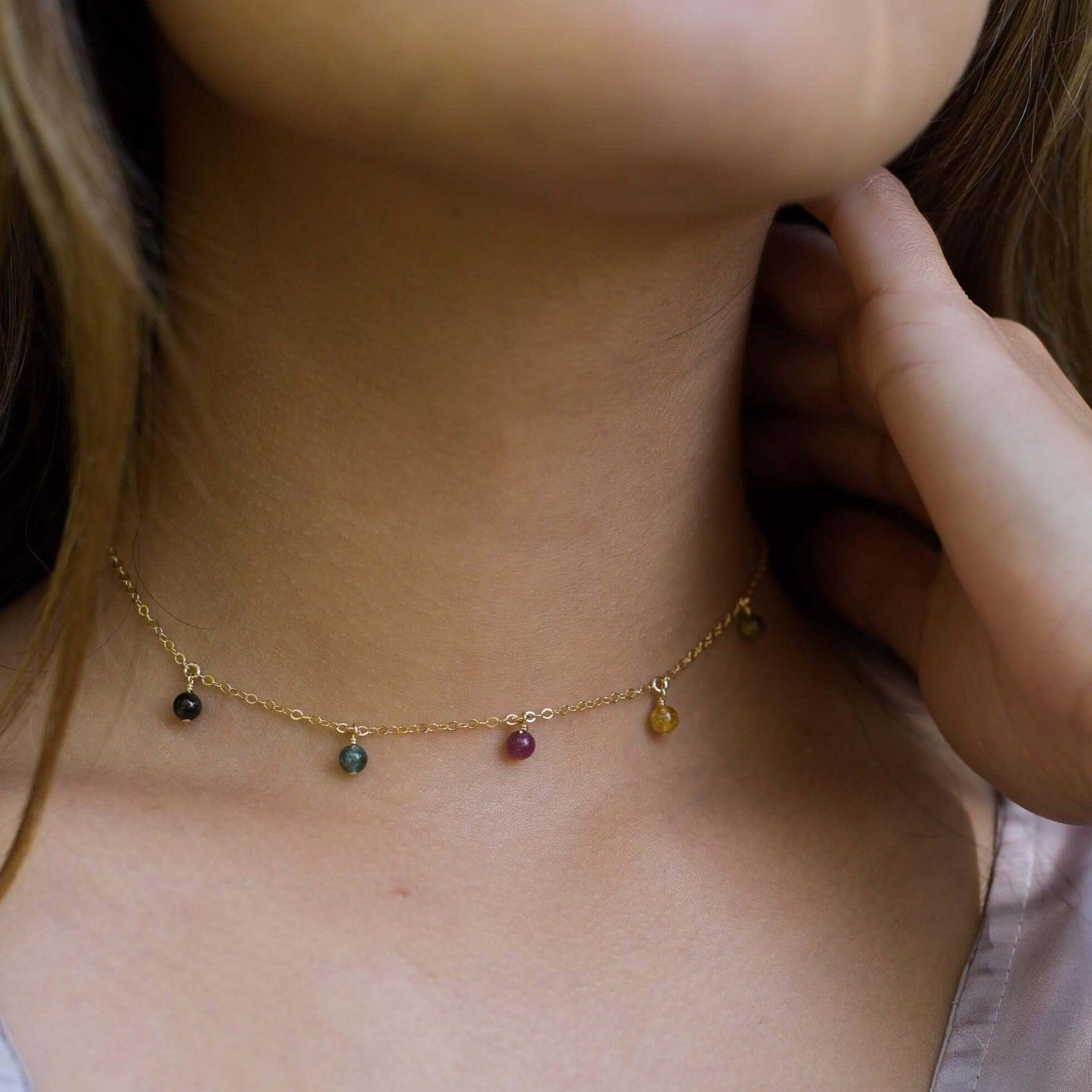
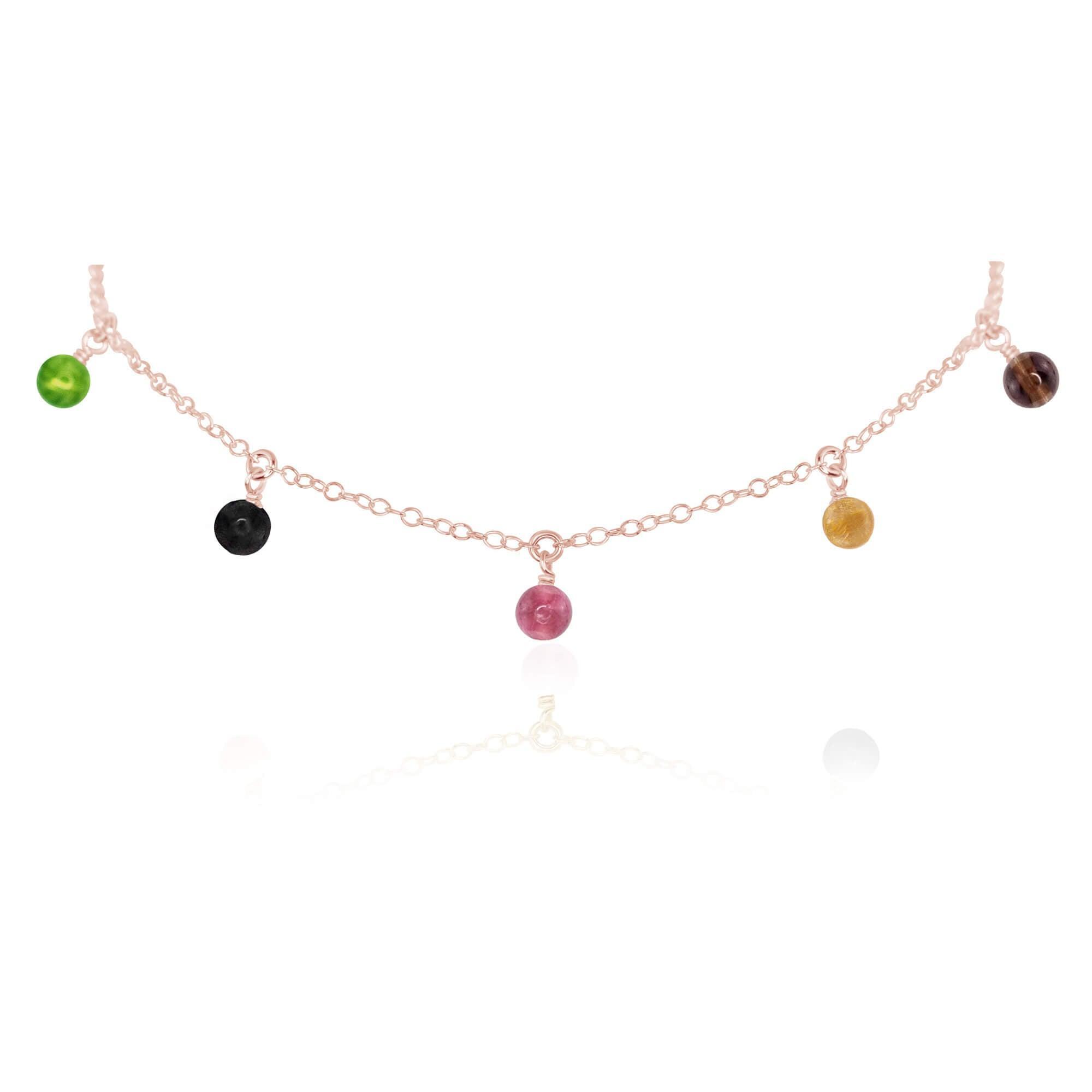
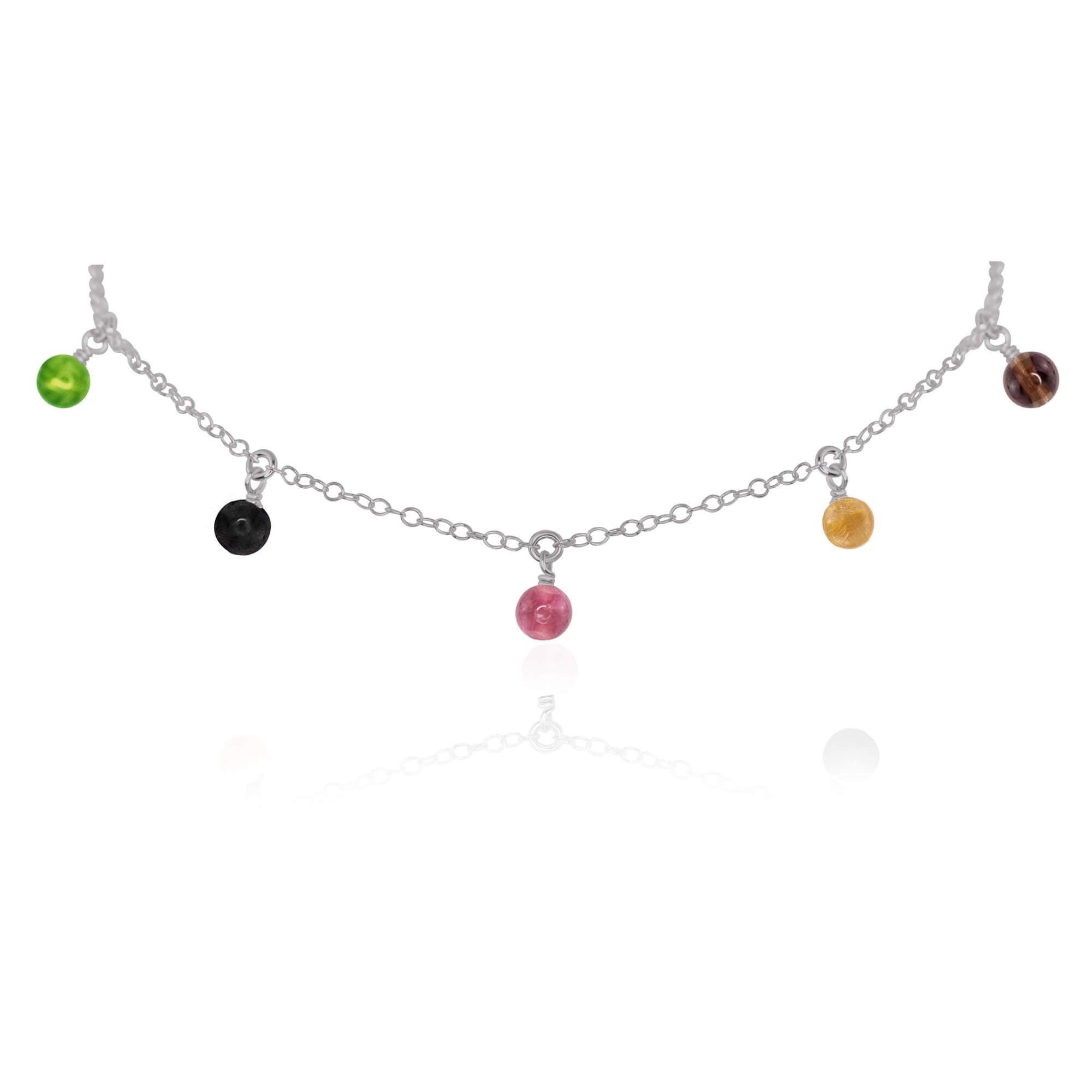

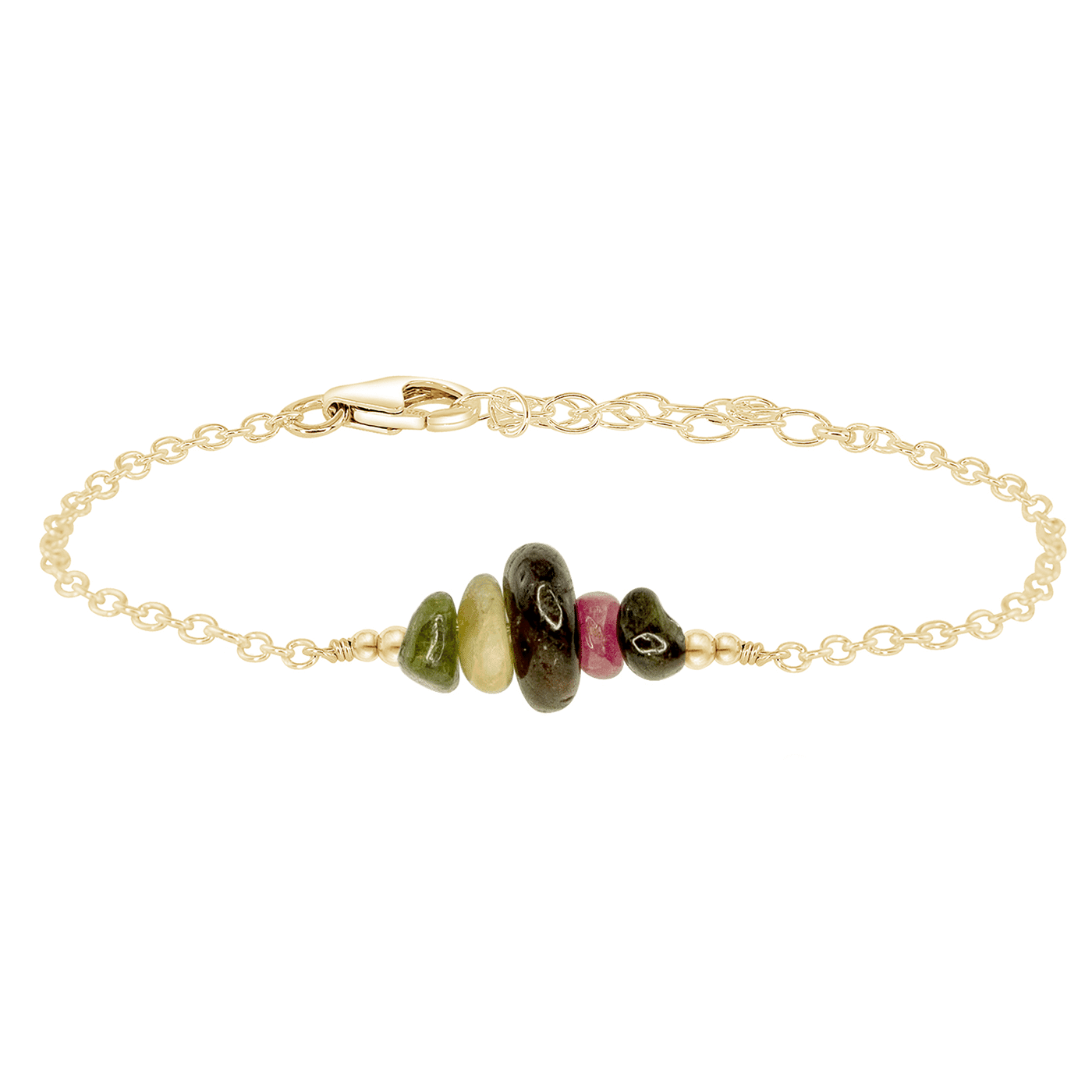



















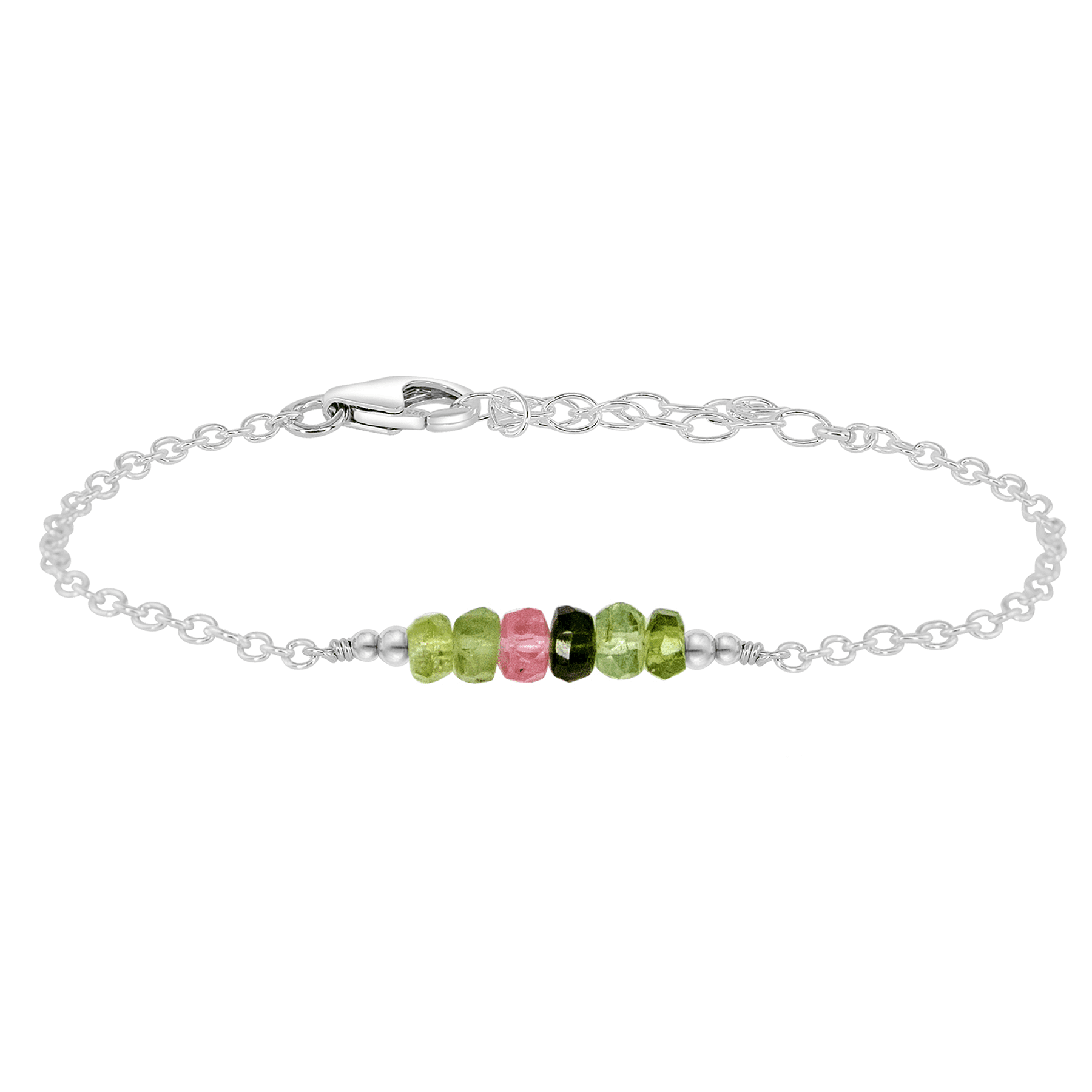











0 comments